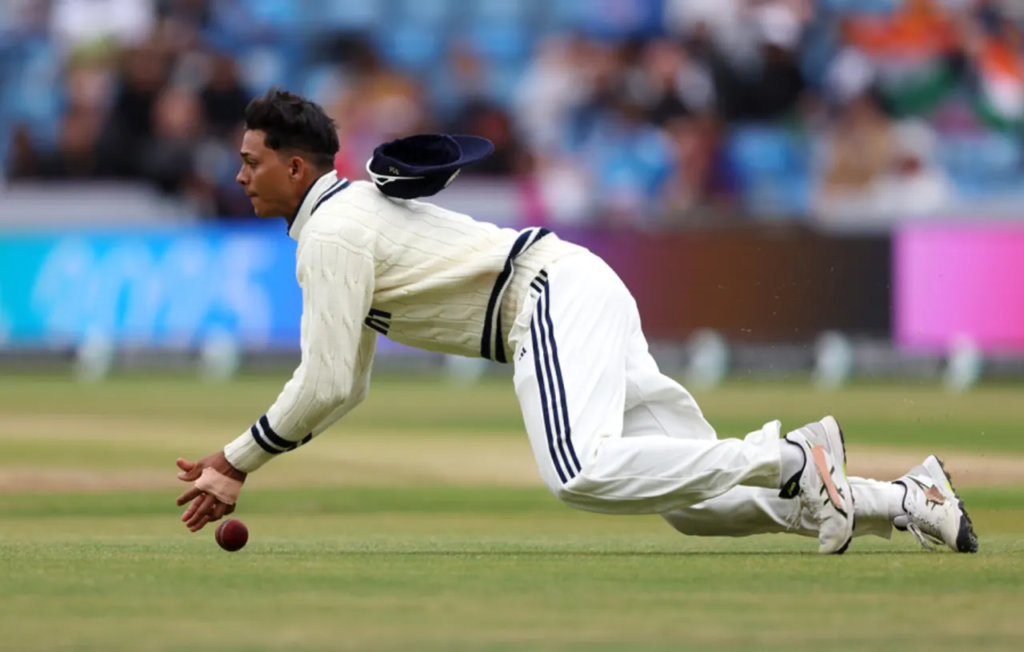
Indian fielding was a problem, but wasn’t their major one with slip catching fast becoming a specialist’s job.
Indian fielding did them no favours at Headingley, but that wasn’t their biggest problem.
The old proverb that goes, “Ccatches win matches,” is still true today. However, the skill of fielding in the gully and slips is one of cricket’s most underestimated features. We’ve saw teams miss expensive opportunities in recent Test matches. Instead than blaming others, it’s important to comprehend why certain jobs are the most cognitively and technically taxing in the game.
Desire is just as crucial to being a successful slip fielder as technique. You must want for the ball to fall into your lap. A slip fielder has an anticipating, vigilant, and hungry mindset rather than a passive one. You’re already in the incorrect location if you’re in the cordon and hope the ball doesn’t come to you.
What kind of catch you’re likely to get depends on the length of the ball. Catches often come from the waist up with a shorter ball and from the waist down with a fuller one. A warning is a weapon.
Slip fielding requires intense focus, but not always. Similar to hitting, rhythm is key: turn on for the ball and turn off in between pitches.
Gully may be the most difficult location in the cordon. Particularly from cut strokes and thick edges, the ball frequently comes faster and at less predictable angles. It requires acute anticipation and fast responses. Gully fielders have to evaluate both breadth and depth, in contrast to slips, who have a more vertical trajectory off the edge.
Replicating slip catching in training is notoriously challenging. Match conditions are not replicated by lengthy drills that involve hard throws from 30 yards, like what I witnessed India execute in Leeds. In games, very few edges originate from the middle of the bat. Real life should be reflected in training. Instead of being abused, reflexes, rhythm, and confidence require care.
Although Ravindra Jadeja and Yashasvi Jaiswal were among those involved, both are typically safe hands. India fumbled a number of catches in Leeds.
Jaiswal appears to be lacking confidence or to be dealing with a hand injury. Instead of expecting to catch them, he seems to be hoping to do so. One of his lost opportunities was a low, skimming catch as he ran in from the boundary.
Even while Indian fielding was disappointing, it wasn’t the primary cause of India’s Test defeat. The majority of India’s issues were caused by its own actions. The no-ball that handed Harry Brook an early lead in the second innings was possibly the most costly mistake. However, I’m more worried about the bowling attack’s lack of diversity. All of India’s seamers, with the exception of Jasprit Bumrah, are right-arm, medium-fast, and operate at similar angles.
In English conditions, Jadeja is not a front-line spinner. He can be a support spinner if his batting is deemed good enough; if not, a reconsideration is required. A more evenly matched squad is needed if India wants to turn around in this series.
The pressure now is on the selections. Batsmen and bowlers must have the guts to make risky choices if they are willing to take chances in order to score runs and claim wickets.

